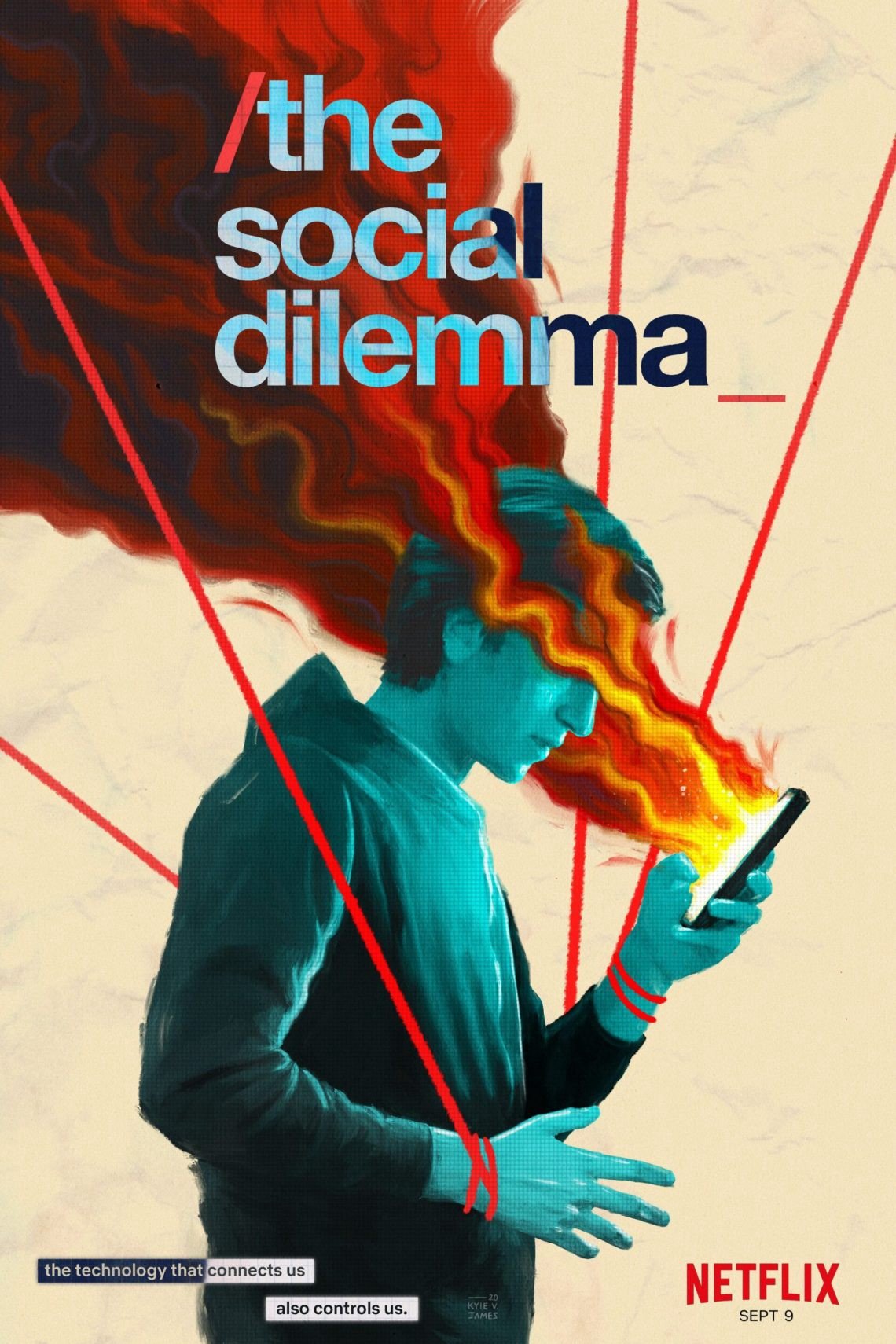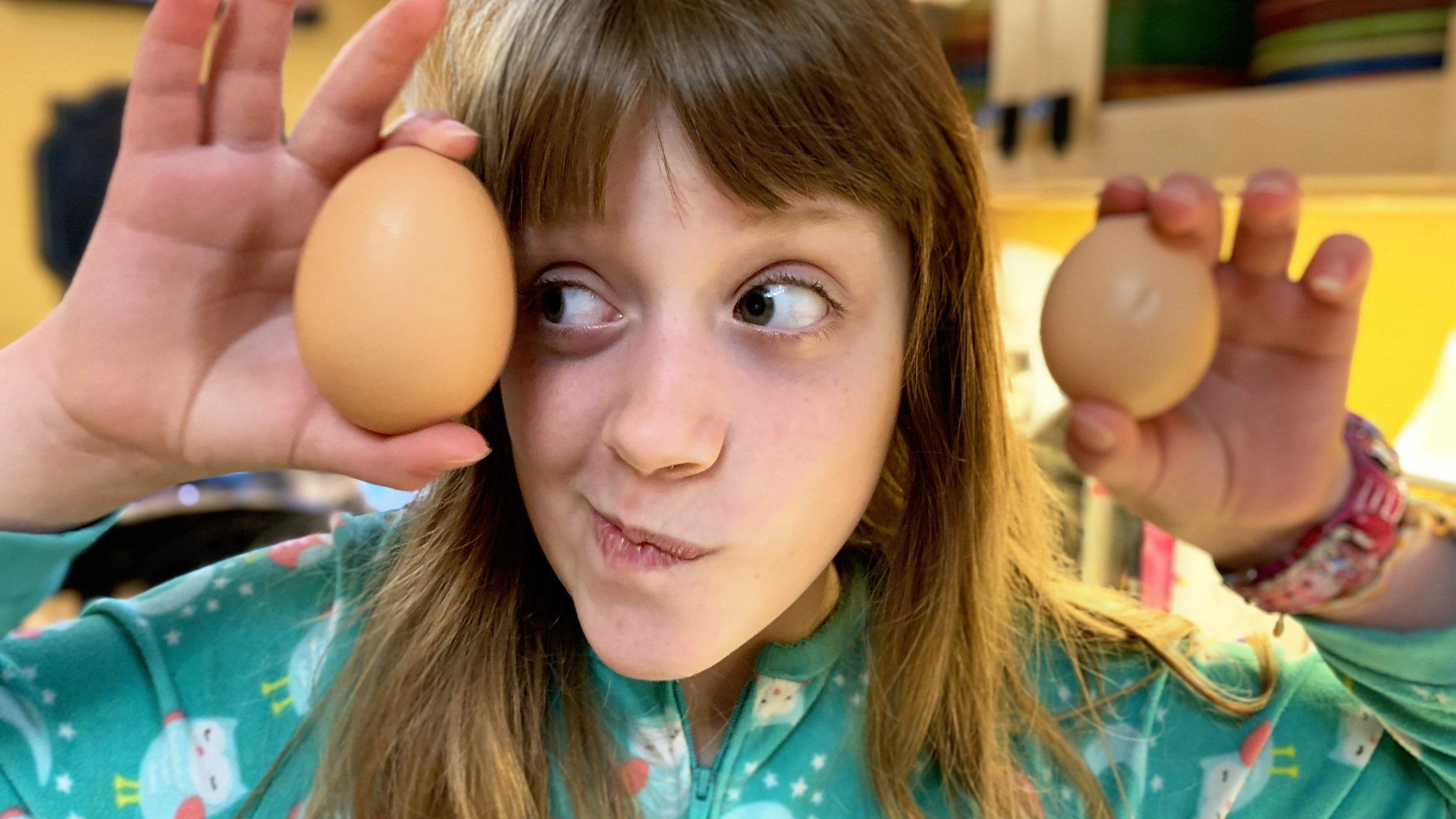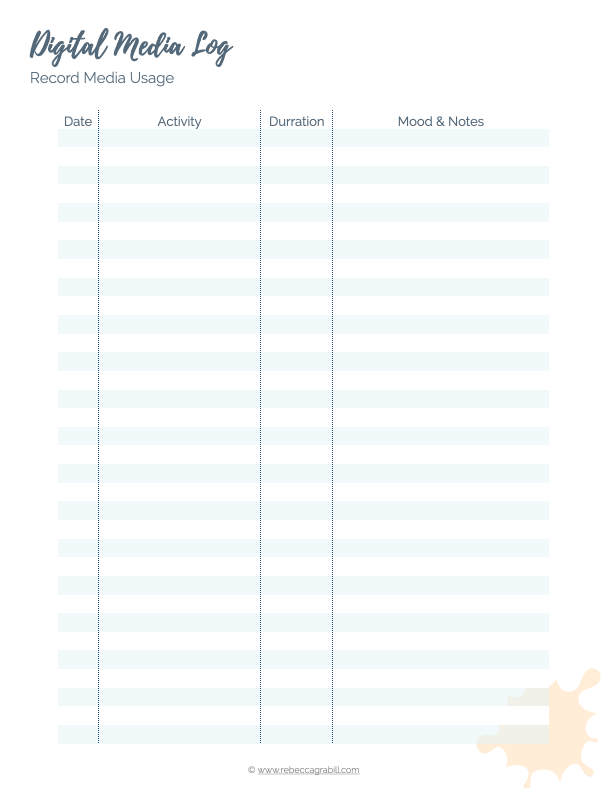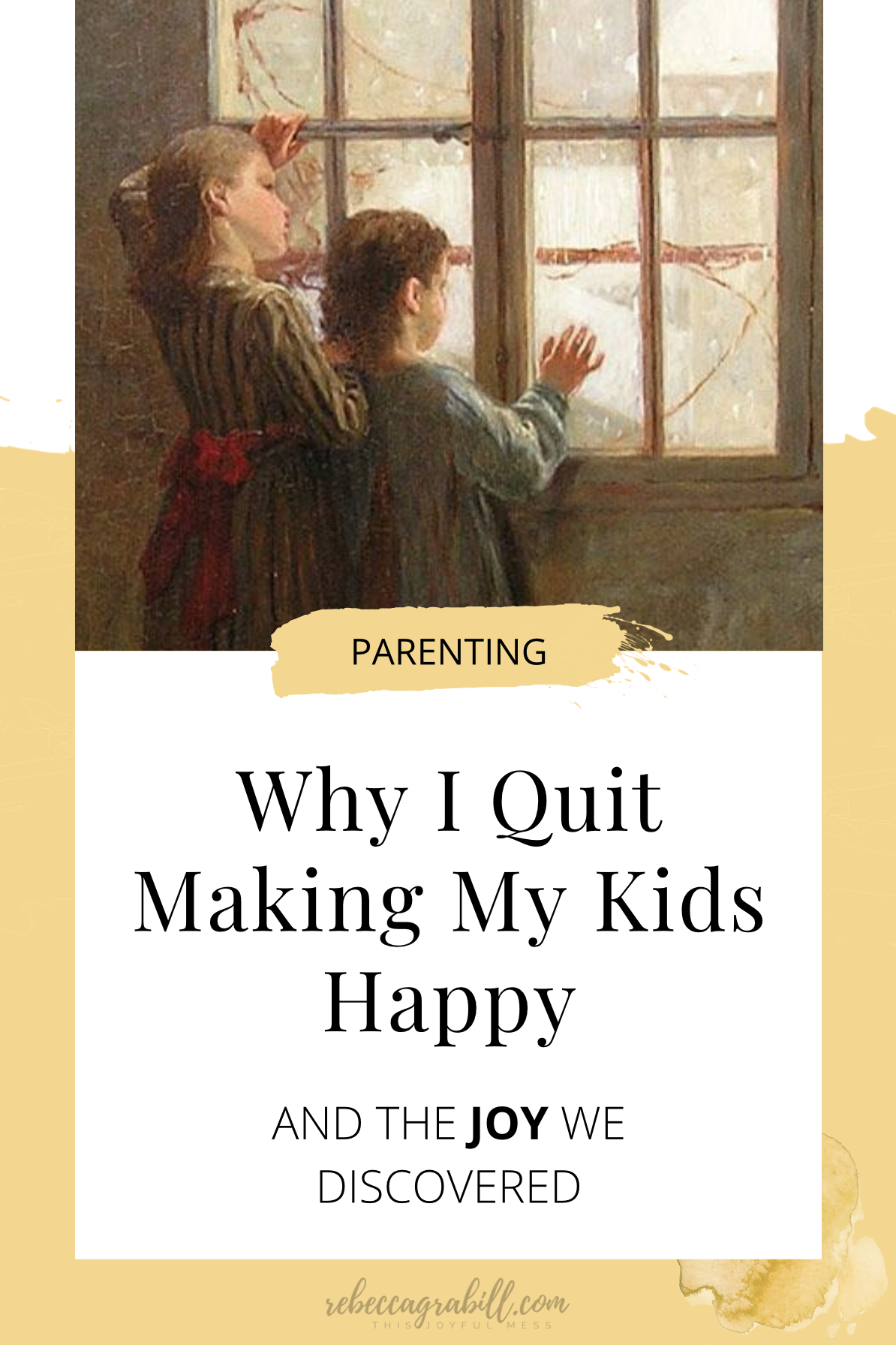The Most Insane Parenting Decision I Never Thought I’d Actually Make
Fresh spring sunlight warmed the earth, the fragrance of lilacs catching the breeze. It was the sort of dreamy morning I longed for as a child, a day that would draw me outdoors to pick lily of the valley and violets by the bucketful.
My kids devoured their breakfast, eager to get back into the woods to work on their new hideout. They had a friend coming for a playdate and had SO much to do to prepare.
Just a few months earlier I couldn’t pay my kids to go outside. They’d drag out of bed, take bowls of cereal to the family room where they’d watch TV followed by hours of begging for “screen time” while I battled our way through the morning’s schoolwork. Months of this, years of it.
And then we made a dramatic change in our children’s (and our) lives. Today would test it all—the first playdate with a friend with the new “house rules.”
The Playdate
I was set for success. We’d do crafts. We’d have adventures in the woods. We’d build with legos, ride bikes, eat snacks, jump on the trampoline.
I opened the front door, welcomed our little guest, waved bye to his mom, and expected a day of engagement and fun.
I imagined my son’s friend ending the visit with, “Wow, I never knew your house was so cool, Kilian!”
Ah, it was a beautiful dream. One that met with a crushing dose of reality mere minutes into the visit.
“Wanna play Xbox?” He said.
“We don’t have Xbox anymore,” Kilian answered.
“Oh.”
It went downhill from there.
Craft time lasted about thirty seconds. Little Friend finished slapping paint on a tiny wooden birdhouse, then wandered the kitchen listlessly, like a ghost not quite sure what to do in a world of mortals.
Snack time involved Friend standing at the top of the stairs, gazing down toward the family room and the silent TV. His face hung with sorrow, longing, as his popsicle dangled from his hand, dripping, dripping onto the kitchen floor.
Five minutes after sending the group out to the trampoline, Little Friend returned alone, too tired for more jumping. “Do you have YouTube?” he asked me.
“I’d made my house—and my kids—the uncoolest in the city. And I was glad for it.”
Toward the end of the visit I found Friend sitting on the family room couch alone. My own kids, in the basement playing with our new baby chicks, hadn’t noticed him slip away.
He stared at the silent television. “I got this favorite show on YouTube,” he said to no one in particular. “It’s really funny. I watch it all the time.”
In that final moment, I realized something. I’d made my house—and my kids—the uncoolest in the city. And I was glad for it.
Mere months before this playdate, in January of that year, I did the unthinkable.
The unimaginable.
The courageous?
No, the insane.
I pulled the plug on every digital device in the house.
We were going through serious digital media addiction issues with our teens, and I woke up. I saw with shocking clarity that our younger kids were on the same road as their teen siblings. It didn’t matter that they didn’t have phones yet or that I checked in on what they were doing ten times an hour. Half hour watching a cute show on Netflix had morphed into two hours streaming YouTube Kids. Another hour playing Minecraft.
And every day a little more slipped: every limit I set up, every reward method I tried where kids could “earn” screen time by doing non-screen activities, was a battle of futility. Inch by inch we slipped farther into the digital abyss.
A beast roamed our house day and night, invisible but impossible to ignore, and it stole the minds of my kids. It was on its way to stealing their souls as well.
All the toys in the world, five acres of nature, nothing could compete with THE SCREENS. Nothing.
I couldn’t teach a homeschool lesson without one of them asking to play Minecraft. Every time I snuck off to the bathroom (because even moms do that sometimes) I’d come back to find an empty kitchen table and two kids on devices lost in an episode of—who-knew-what on YouTube Kids.
I lived in dread of the daily technology battle, a battle I was losing.
I read the book Breaking the Trance and saw story after story of children permanently damaged, lives lost, futures diminished or outright destroyed because of unregulated digital media.
I watched Social Dilemma and Childhood 2.0 and saw the impact of social media on mental health.
I watched The Creepy Line and saw how something as innocuous as the suggestions that autofill in a Google search can change the course of elections, nations, lives.
So we pulled the plug. All TV time, all computer time, all iPad time—gone. We didn’t limit it or ration it or make kids earn minutes by doing chores (we’d tried all those things already).
We put every device that could fit in a drawer away, locked it up tight, and out of desperate love for our children, said the horrid, odious, terrible, cruel, downright evil words…
“Go play outside.”
And you know what our kids did?
They cried.
They begged.
They wailed on the floor with real tears and pounding fists.
They bargained. They threatened. They pulled out every manipulation in the book.
For days, endless days.
I felt sick to my stomach every minute of it. But we held firm.
And then …
They went outside.
After a few days of wandering the yard with uncertainty they found garden tools and began hacking at brush along the driveway. They made a hideout, a fairy garden, a fort.
On rainy days they spread blankets from chair to chair, they pulled out puzzles and board games, they did crafts and drew pictures.
Her egg biz is full of surprises!
Kilian still asked for the iPad every few days, and there were times I almost gave in. He’s doing so well, I reasoned, what could it hurt? But I didn’t give in, and after about a month, he quit asking.
I have to be totally honest. I lost some things with this decision as well.
I lost a couple of quiet hours in the afternoon when my digital babysitter would have been doing its job to perfection.
The kids bickered more, wanted things from me more, needed me more.
But for the little I lost, they gained tenfold. A hundredfold.
“If your child was drinking a slow drip of poison that tasted so good they begged for it, would you let them keep sipping?”
Some who read this will say, “You’re downright abusive. What a terrible parent to take away something your kids love!”
I ask you this question: If your child was drinking a slow drip of poison that tasted so good they begged for it, would you let them keep sipping?
Some will respond, “Digital media isn’t poison. You’re crazy.”
I urge you to seek out the research. Not the first Google search result (we all know those are biased, right?), but the actual studies done on actual children. Read Breaking the Trance, watch the documentaries mentioned. Read one of many, many stories of children losing their lives to the digital world.
Some will answer, “We live in a digital world, and you’re stunting your children’s future by taking away their ability to navigate it!”
I say, how is making a farm on Minecraft helping a child develop life skills? Let them raise real chickens. Let them feel the real satisfaction of selling eggs to neighbors instead of the short-lived, synthetic satisfaction of a digital win. Let them grieve when a raccoon swipes their favorite bird, and let them learn that saying, “Swiper, no swiping” is pretty dern ineffective out here in reality.
“Life skills are learned by living.”
Life skills are learned by living. Even kids know intuitively that their successes in video games don’t mean a thing outside that imaginary world.
Some will say, “It’s just for fun, no harm in it.”
I say, watch those documentaries, read the books mentioned, do the research. And be brutally honest with yourself.
Can Digital Media Stay “Just For Fun”?
I’m going to tell you a story. It’s about an experiment I did … on myself. I wasn’t planning on experimenting on myself, but early pandemic I injured my ankle pretty badly (I needed surgery to repair it) so all my plans for lockdown (jogging with the teens! Trips to the park!) were shot.
I decided to join the kids in what *they* were doing, which was playing a cute farming video game.
The game really was cute. My little farmer could explore the town, talk to people, and I got to raise veggies and fruits to earn money and buy things for my farm.
Before I knew it, I’d wracked up dozens of hours “working” my farm.
And I was very aware of how gameplay impacted me.
I felt unproductive. Yes, I’d created a great little farm, but in the real world, I was sitting around with my foot up. I rationalized, of course, saying I was injured and what *else* could I do. Reality however was that I could have been reading books, planning homeschool lessons, or even just writing blog posts or researching book projects. Any of those things would have given me more value for my hours than building an imaginary farm.
The game didn’t end when the screen went off. When I set my phone aside, my head was still in the game. Partly I was thinking of the next steps for my farm. But even when my attention was diverted elsewhere, I was in an odd, fuzzy place. My brain felt supercharged, like it was buzzing over the surface of the earth, unable to find a place to land. I found the real world … hard to live in. Dull, jagged, and I struggled to focus on everyday tasks.
I craved more game time. Actually craved it like a drug. It has been more than a year since I last played the game with any seriousness (I’ve deleted it from my phone at least four times), and I STILL feel a pull to reinstall it, load up my saved farm, and play again. I’m telling you, the game is not THAT fun. It’s actually pretty tedious (it takes 15 minutes to water 180 blueberry plants, tapping each one individually–*yawn*), but the effect of dopamine on the brain IS that powerful.
I have the benefit of a fully developed frontal cortex (we would hope!), so recognizing the impact of digital media was fairly easy for me, but do our kids recognize what screens do to them?
Shortly before pulling the digital plug, we’d worked to scale back tech use for Penny, then about 8 years old. She began to comment, “Mom, I don’t sleep as good if I watch a show before bed, so I’m gonna do a puzzle instead.”
She was noticing the impact of screen time on her body—her brain. Yet even with this awareness, more often than not, she would fight for more and more and more screens, because knowing isn’t effective against that primal rush screens give, especially for an eight-year-old.
I know very few (if any) parents will take the drastic measure we did. It’s truly terrifying. Many parents, myself included, have felt powerless to control this beast of technology. We laughingly say, “The kids should really do less ipad, but…”
But… Are you ready to take the next step?
Maybe you’re already screen-free. What has your experience been? Share in the comments below.
And if you want to try a digital detox, I’ll soon be sharing an implementation plan for cutting the cord, pulling the plug, deleting the digital nanny. This step-by-step guide will get you from screen addiction to digital freedom with as little agony as possible.
The first step in any plan, however, is to take stock of what you have.
Use the printable below to gather information. Inventory how much media you and/or your kids consume, and reflect on how it impacts you or them. Your next step will be to take action.
Join our mailing list to claim your free download, plus get access to my full resource library! Don’t worry if you’re already a subscriber—you won’t get double emails.
And for those who decide to allow digital media for your kids, I’ll also share what steps you can take to keep them safe and healthy at every stage and age, suggestions for setting up boundaries, and some of the reward systems we tried. Maybe they’ll work for you better than they did for us.
So be sure to subscribe or check back!
Resources:
Just a few of the articles I found about the impact of digital media on kids.
What is Brain Hacking? How social media controls us.
FB Knows IG is damaging kids, but has no plan to fix it.
MRI study shows screen media is linked to lower brain development in preschoolers.
More screen time = thinner cerebral cortex = less ability to think and reason critically.
Have you heard of Persuasive Design? Apps, devices, content designed to change behavior and beliefs (like digital media companies who keep psychologists on the payroll to maximize “engagement” or addictiveness of their products.
















